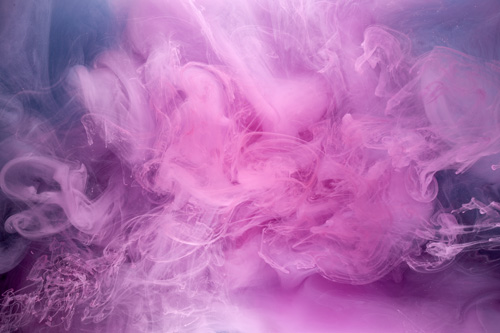Chronic fatigue can feel like a black hole—one that swallows energy, focus, and joy, often without a clear cause. It’s not just being tired. It’s waking up unrefreshed, struggling to think clearly, and feeling like your body is always one step behind.
But what if this fatigue isn’t just about sleep or stress or lifestyle? What if the real culprit is something hidden in plain sight: histamine?
We’ve seen it again and again—someone struggling for years with unexplained fatigue finally takes an antihistamine like Benadryl and, for the first time in forever, feels a flicker of clarity, calm, or energy. That tiny improvement becomes a lightbulb moment, leading them down the path of investigating mast cell activation syndrome (MCAS).
And for many, that moment changes everything.
Mast Cells and the Energy Equation
Mast cells are part of the immune system, and they’re found in nearly every tissue in the body—especially in the brain, gut, skin, blood vessels, and lungs. They’re best known for mediating allergic reactions, but their role goes far deeper. When mast cells are triggered, they release histamine, prostaglandins, cytokines, and other chemical messengers.
In people with MCAS, these cells become hypersensitive—responding to minor triggers like food, temperature, scent, or stress. One of the most overlooked consequences of this chronic activation is profound fatigue.
Why? Because histamine and other mast cell mediators:
- Disrupt mitochondrial function, reducing energy production
- Interfere with sleep architecture, leading to non-restorative sleep
- Increase neuroinflammation, contributing to brain fog and mood changes
- Cause vascular dysregulation, reducing oxygen and nutrient delivery to tissues
- Contribute to gut inflammation, impacting nutrient absorption and the microbiome
The result is a body stuck in a state of low-grade inflammation and energetic burnout—even if bloodwork looks “normal.”
Benadryl: The Unexpected Clue
Many people living with chronic fatigue reach a breaking point. Desperate to sleep or calm their racing heart, they take a dose of diphenhydramine (Benadryl)—and suddenly feel a little better.
- The fog lifts.
- The buzzing in their body quiets.
- They sleep deeply for the first time in months.
This moment is often the first time they realize:
“This isn’t just fatigue. This is something immune. Something inflammatory. Something else.”
That experience often opens the door to exploring MCAS as an underlying diagnosis—and can lead to real relief after years of dead ends.
Clues That Your Fatigue Might Be Mast Cell-Driven
Histamine-related fatigue often comes with a pattern of:
- Unrefreshing sleep despite 8+ hours in bed
- Worse fatigue after eating certain foods or after exposure to heat, stress, or scents
- Fluctuating symptoms: energy varies wildly day to day or hour to hour
- Accompanying signs like brain fog, bloating, flushing, skin itching, rapid heart rate, or sinus congestion
- Feeling better with antihistamines, H2 blockers, or mast cell stabilizers
- History of allergies, asthma, Ehlers-Danlos syndrome, POTS, or multiple chemical sensitivity
If this sounds familiar, your fatigue may not be “just fatigue.” It may be histamine overload from misfiring mast cells.
A New Path to Support and Recovery
Once you start exploring histamine and MCAS as part of the picture, treatment options expand:
1. Lower the Histamine Load
Adopt a low-histamine diet by reducing aged, fermented, and processed foods. Watch for patterns—your body is already talking.
2. Try Antihistamines or Mast Cell Stabilizers
Many people benefit from H1 blockers (like loratadine or cetirizine) and H2 blockers (like famotidine). Supplements like quercetin, vitamin C, and luteolin also help calm mast cell activity.
3. Support the Nervous System
MCAS is tightly linked to dysautonomia and nervous system overload. Breathwork, somatic therapy, and vagal tone exercises help regulate the body from the inside out.
4. Explore DAO and Gut Health
DAO enzyme supplements can reduce histamine from food. Healing the gut microbiome can reduce endogenous histamine production.
5. Consider Low Dose Naltrexone (LDN)
LDN has shown promise in reducing neuroinflammation and calming overactive immune signaling—including mast cells—especially in post-viral fatigue and chronic immune conditions.
You’re Not Lazy. You’re Not Crazy. You’re Inflammatory.
Chronic fatigue is real, and for many people, histamine and MCAS are part of the hidden root. If a single dose of Benadryl gave you your first clue—trust that. Your body is wise. Your fatigue has a cause. And with the right approach, healing is possible.






